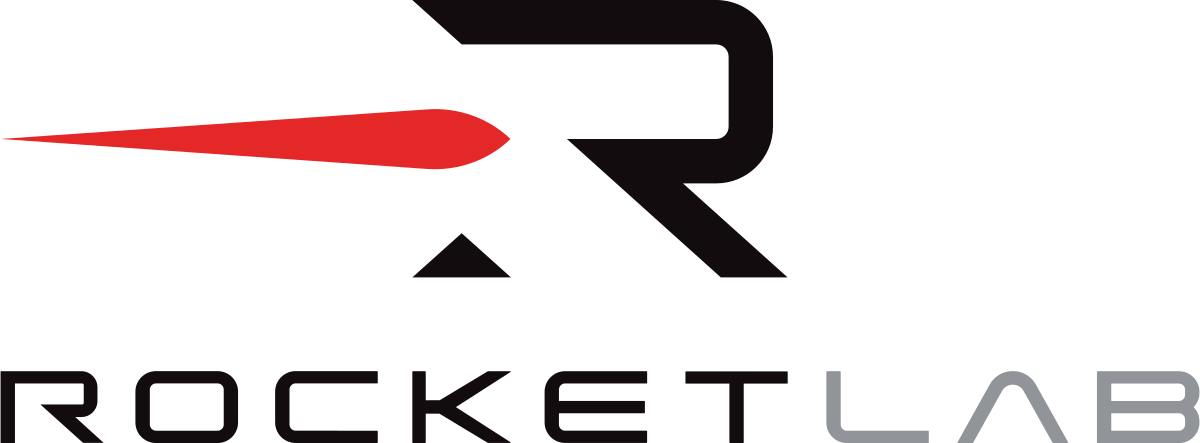Rocket Lab's debut in the United States will be delayed for the time being. L.A.-based firm Virginia Space planned to put three satellites into orbit for radio-frequency analytics client HawkEye 360 from its new home at Virginia Space's Mid-Atlantic Regional Spaceport. It would have been the first launch of a Rocket Lab vehicle on American soil. Strong upper-level winds prevented the launch from occurring today, the last day of the launch window, the corporation said late yesterday, delaying the launch until January.
The news is disappointing. The launch was supposed to be several firsts: the first time an Electron rocket lifts off from American soil and the first time a rocket flies using innovative flight safety software that Rocket Lab and NASA claim would revolutionize future American rocket launches. This program, an automated flight termination system, will allow Rocket Lab to meet better the launch requirements of the United States armed forces while simultaneously lowering range costs.
CEO Peter Beck told reporters during a media event last Wednesday, "This flight simply doesn't signify another launch pad for Rocket Lab." The President said, "It's a standing up of a new capacity for the country."
Also Read: The Technology That Died in 2021
Understanding The Pegasus Software
As a core feature of the Pegasus software, created in collaboration with Rocket Lab and NASA, this feature is known as the NASA Autonomous Flight Termination Unit (NAFTU). By 2025, all Defense Departments will need the ability to end their flight autonomously if necessary.
David Pierce, director of NASA's Wallops Flight Facility, told reporters that it took a long time and many setbacks to get NAFTU approved. He said that in 2020, NASA found "several problems in the software code" and that the unit still required extensive independent testing and certification after the faults were addressed. Since then, Rocket Lab has been unable to use the LC-2 launch facility for any missions.
To paraphrase what Pierce stated, "I can't emphasize enough how critical this moment is in time for launch ranges and the rocket business." He estimated that the unit might enable service providers to increase launch frequency while reducing launch range costs by as much as 30 percent.
Three HawkEye 360 satellites will be launched in January after the rocket is returned to the launch pad. These satellites will fly in formation to gather radio frequency data, which will then be downlinked and analyzed by HawkEye for its clients. There will soon be 18 HawkEye satellites in orbit after this first of three launches the business has ordered from Rocket Lab.
A Game-Changing Technique?
According to Beck, Rocket Lab will not try to retrieve the booster on this flight. The organization has devised a method whereby a helicopter may grab a booster's parachute as it floats down to Earth from space. The business could theoretically try rocket recovery at the Virginia launch site, according to Beck; nevertheless, he emphasized the need to do it correctly by saying, "We need to do it right, and utilizing our range in New Zealand is by far the most efficient way to accomplish that."
Rocket Lab isn't simply launching from the Commonwealth of Virginia. In addition, the business is investing heavily in the launch site, manufacturing and refurbishment facilities, and developing the heavier-lift Neutron rocket. Unlike other launch businesses like SpaceX, Relativity, and Blue Origin, which have all established operations at NASA's Kennedy Space Center and the Cape Canaveral Space Force Base in Florida, the company's investment in Wallops represents a break from the norm.
Beck said, "the peacefulness of the range and the versatility of the range to grow capacity" were two of the main reasons Rocket Lab chose Wallops over the Florida locations.
"I think everyone has to agree, it's fairly busy," he remarked, "but KSC is a wonderful range." The Wallops range "is not nearly as active, and there's a lot of potentials to develop."
With the help of the FAA, Wallops is ready to handle the higher launch frequency expected from the mid-Atlantic. According to Beck, Rocket Lab may move between its two launch locations (LC-2 in the Pacific and LC-1 in Mahia Island, New Zealand; both are privately owned launch facilities) depending on the demands of its customers.
Featured image: RocketLab
Subscribe to Whitepapers.online to learn about new updates and changes made by tech giants that affect health, marketing, business, and other fields. Also, if you like our content, please share on social media platforms like Facebook, WhatsApp, Twitter, and more.

